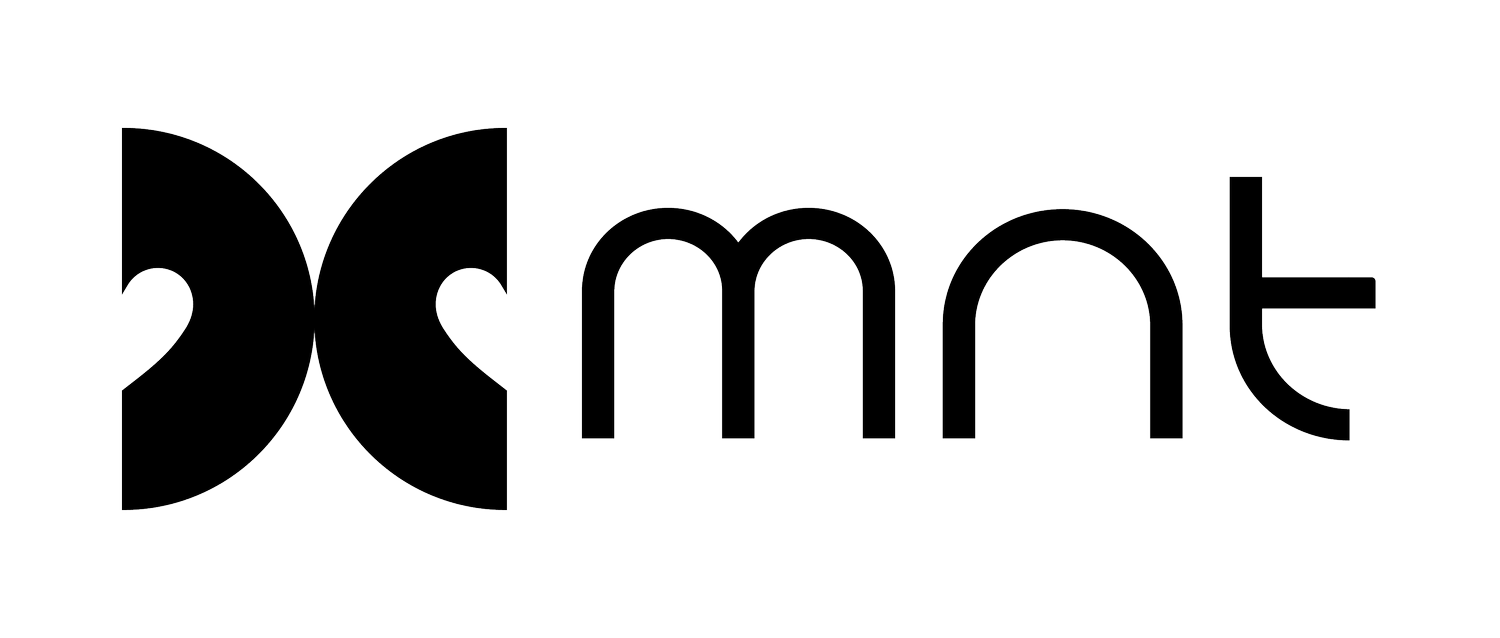5 Myths About Art Therapy & Frequently Asked Questions
Art therapy has gained recognition as a powerful tool for self-development, yet many misconceptions prevent people from exploring its full potential. Let’s debunk five common myths about art therapy and address the most frequently asked questions.
Myth 1: Art Therapy is Just Like a Drawing Class
This is perhaps the biggest misconception.
While both involve art materials, the goals of art therapy and drawing classes are vastly different.
In a drawing class, the focus is on learning techniques and improving artistic skills. The emphasis is on the final artwork and how it looks. In art therapy, the artwork is not judged for its aesthetic value. Instead, it becomes a reflection of your inner world, a tool to process emotions, and a means for self-expression.
Art therapy is about the process, not the product. Whether you create abstract shapes or detailed pictures, the emphasis is on what the act of creating reveals about your thoughts and feelings.
Myth 2: You Have to Be Good at Art to Benefit from Art Therapy
Many people hesitate to try art therapy because they believe they lack artistic talent. The truth is, no prior experience or skill in art is necessary.
Art therapy focuses on self-expression, not artistic perfection. Doodles, or even chaotic scribbles can lead to profound emotional insights. Sometimes, the less polished the artwork, the more authentic and transformative the process becomes. Art therapy welcomes everyone, regardless of their artistic background.
Myth 3: Art Therapy is Only for Kids
While children often connect naturally with art therapy due to their inclination for creative expression, adults benefit just as much. In fact, art therapy can provide adults with a nonverbal outlet for emotions and experiences that are difficult to articulate.
For many adults, immersing themselves in creative expression during art therapy sessions can lead to breakthroughs that traditional talk therapy might take longer to achieve. It’s a deeply engaging process that taps into parts of the psyche that words can’t always reach.
Myth 4: The Art Therapist Will Analyze My Artwork
A common fear is that art therapists will interpret your creations and make judgments about your mental state. This is not true.
In art therapy, the focus is on your experience and interpretation of the artwork. The therapist may guide you with open-ended questions to help you reflect on what you’ve created, but they don’t impose their own analysis. The goal is to empower you to find meaning in your work, rather than the therapist dictating its significance.
Myth 5: Art Therapy is Just Scribbling or Playing with Materials
While the creative process is inherently playful and freeing, art therapy is a structured therapeutic approach. It is far more than just “scribbling” or “playing with art supplies.”
Art therapy integrates psychology and artistic methods to facilitate emotional healing, personal growth, and self-awareness. The process can involve:
Exploring symbolism and imagery.
Creating metaphors for emotions or experiences.
Using the art as a pathway to discuss difficult topics.
It is a holistic approach that bridges the conscious and unconscious mind, providing a powerful tool for transformation.
How Many Sessions Are Needed for Results?
There is no one-size-fits-all answer. The number of sessions depends on your goals, needs, and how much time you’re willing to invest in your personal growth. For example:
Working on self-confidence or creativity might require fewer sessions.
Addressing deep-seated beliefs, trauma, or suppressed emotions may take longer.
Consistency is key. While one session might offer new insights, lasting change happens over time.
1. What Do You Want to Achieve?
Developing creativity and overcoming perfectionism is not the same as learning how to express long-suppressed emotions or working on eliminating the limiting belief that you are not good enough.
Each goal requires a unique approach and varying amounts of time for successful development. Some of the most common topics my clients work on include:
Setting boundaries
Reducing guilt and shame
Overcoming self-criticism and perfectionism
Building confidence and self-trust
Emotional stability
Accepting imperfections and improving self-image
Cultivating self-love and vulnerability
Unlocking creativity
2. How Much Time and Energy Are You Willing to Invest in Yourself?
True transformation doesn’t happen only during an art therapy session; it unfolds before, during, and after the session. In our sessions, you’ll learn how to express emotions when words fail, quiet your inner critic every time it tries to sabotage you, and awaken your creativity so that you can bring it into your daily life.
You learn during the sessions. You apply in between.
I support my clients with additional materials to work on between sessions, including coloring books, art therapy exercises, helpful reading materials, or podcasts tailored to the topics we explore together.
The more time and attention you dedicate to yourself, the faster you’ll see results.
3. Session Frequency
From my experience, the best results come when sessions are held weekly. A week provides enough time to process the content from the previous session and dive deeper into the therapeutic process. However, bi-weekly sessions are also an option if more time is needed to integrate and reflect on the previous session’s insights.
As a therapist, I follow the rhythm of my clients, combining my experience and intuition to guide the process.
What I know for certain is that one session alone does not create lasting change. A single session can provide new insights or temporary relief, but true transformation requires consistent application and effort over time.
Art therapy is a safe, nonjudgmental space to explore your inner world. It is accessible to everyone—regardless of artistic ability or age—and can be tailored to suit individual needs. The process is about connection, transformation, and healing, not about creating a perfect piece of art.
If you’ve been curious about trying art therapy, this is your sign to take the first step. Book your discovery call today and see how this creative process can unlock a deeper understanding of yourself.

